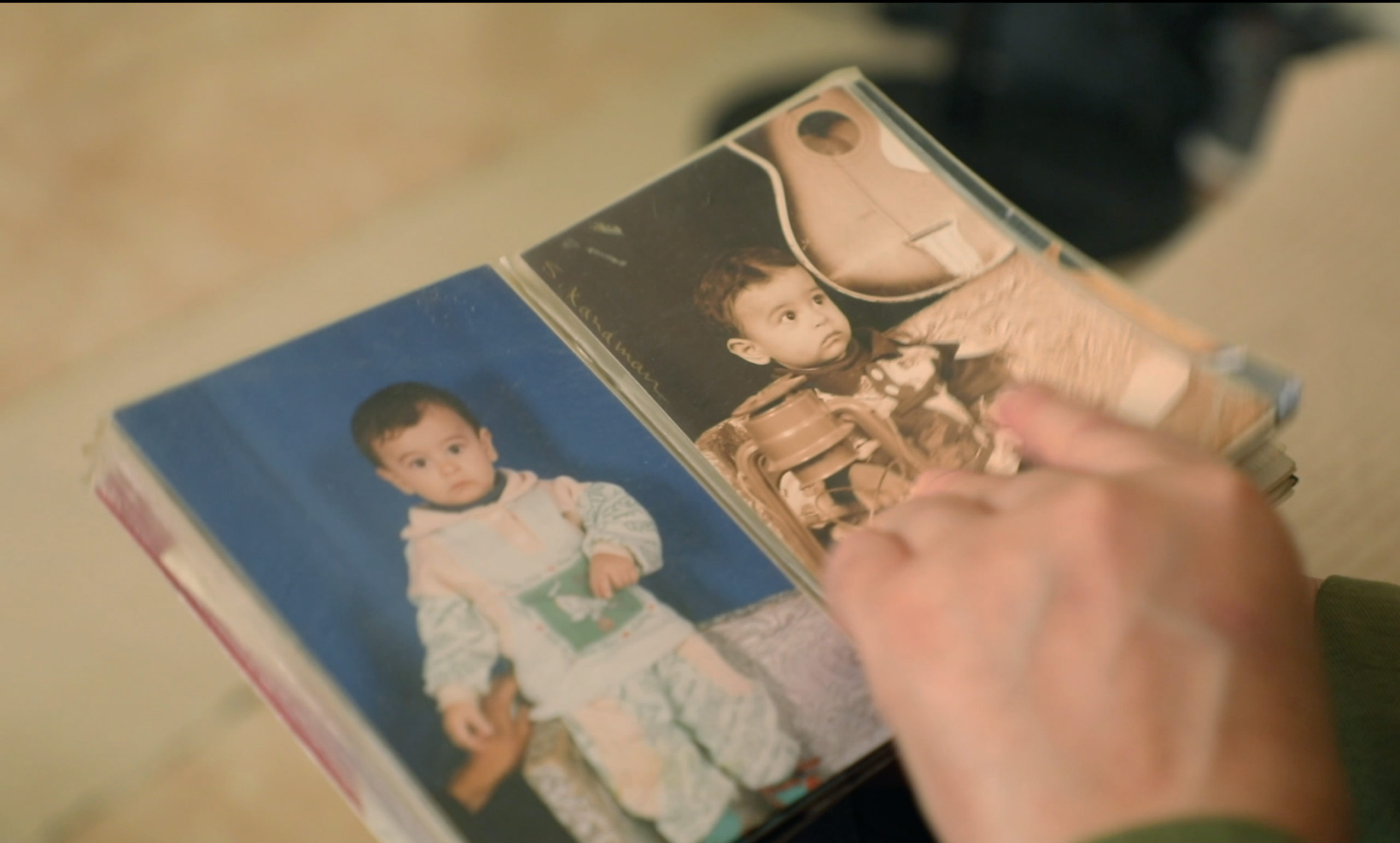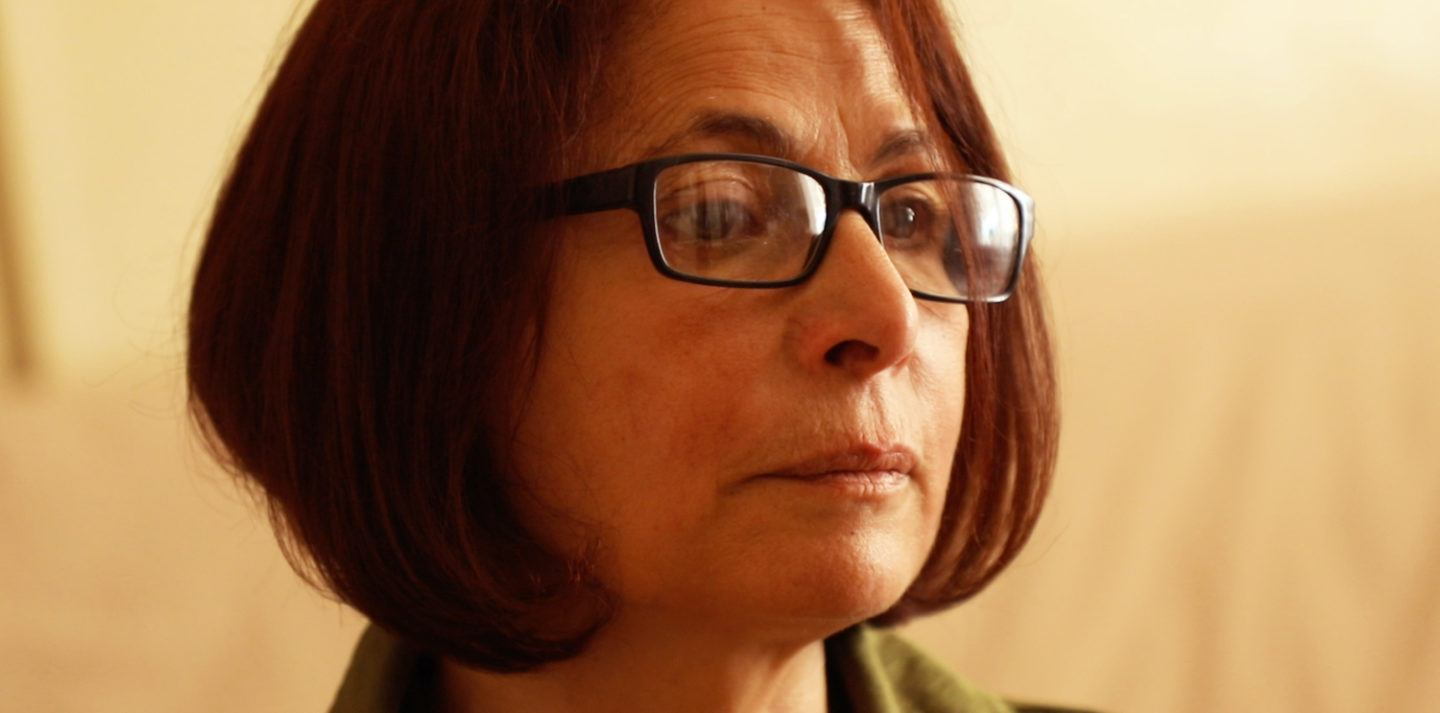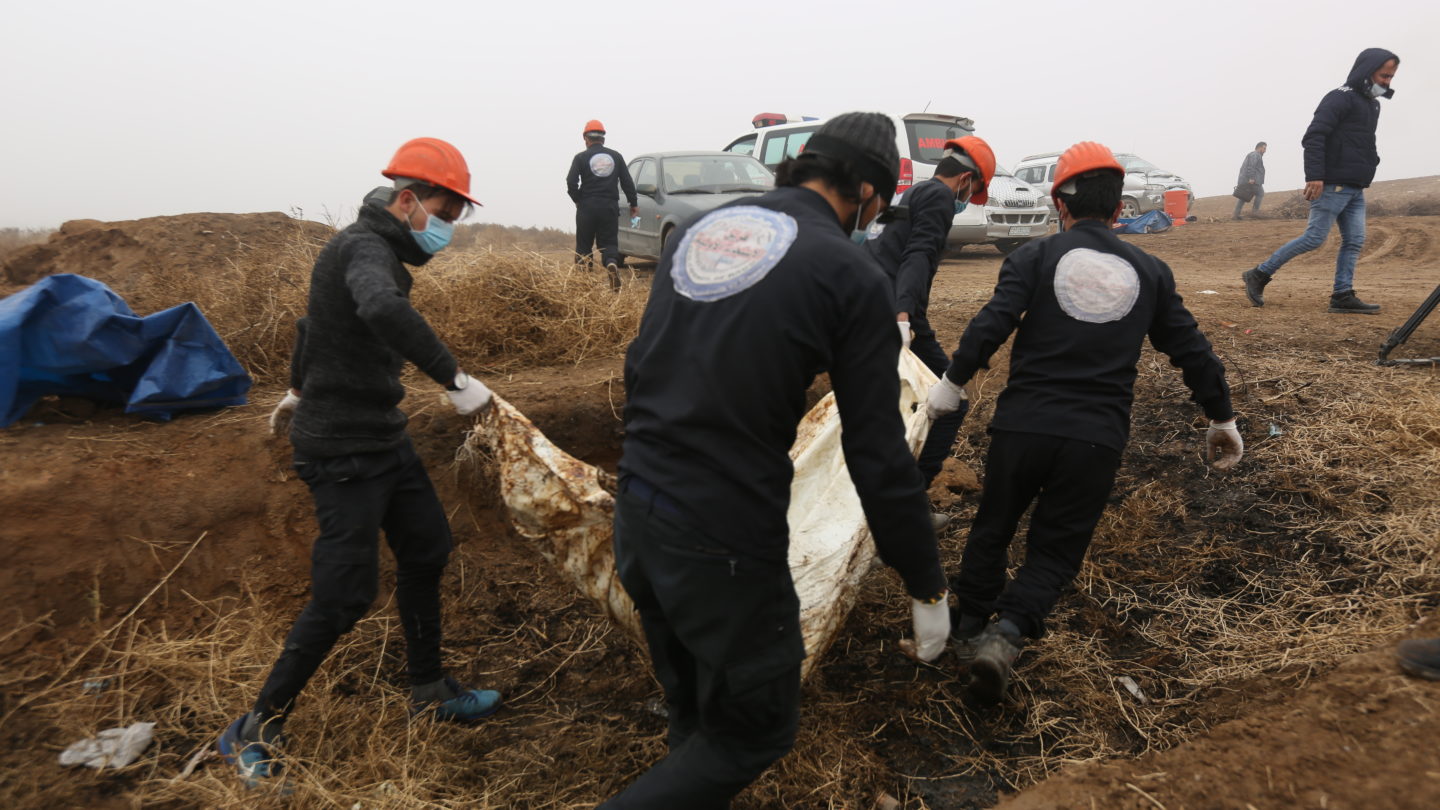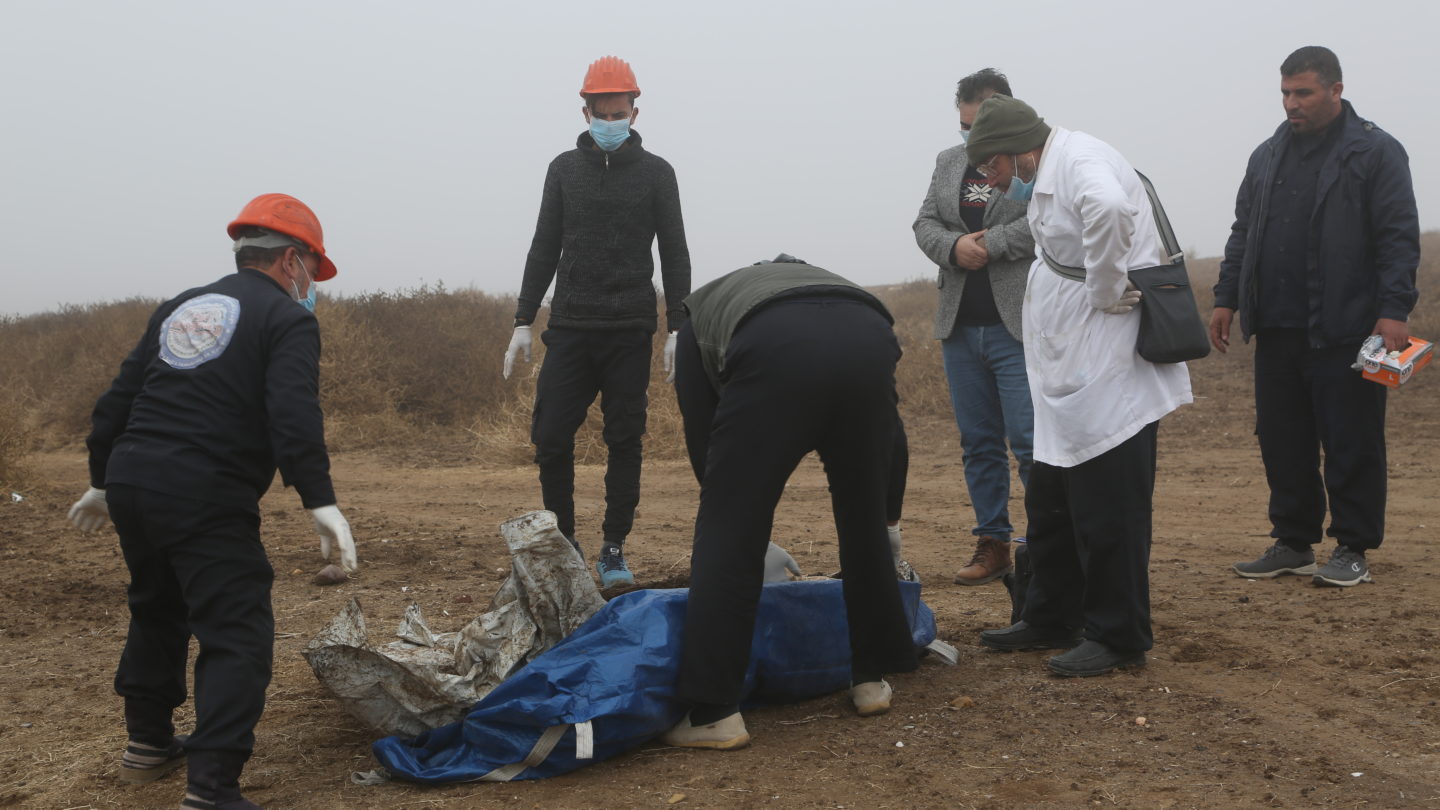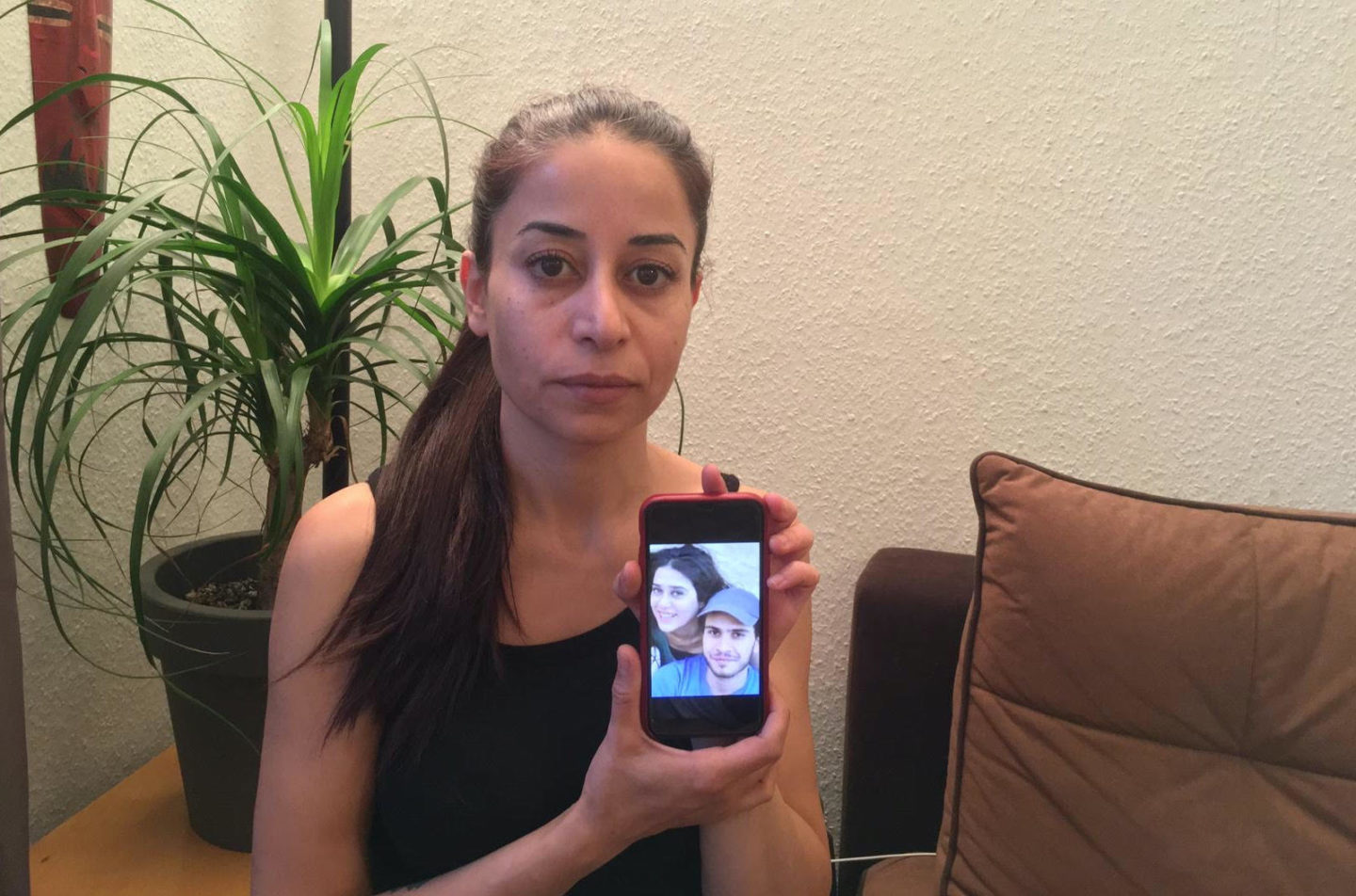Key Facts
Achieving justice for the families of people kidnapped by ISIS will be a cornerstone in helping communities rebuild and somehow reconcile.
Thousands of people were kidnapped and subsequently disappeared by the ISIS: the Islamic State or Daesh is a terrorist Jihadi group made up of Syrian, Iraqi, and foreign recruits.Islamic State (ISIS) during its control of parts of Syria and Iraq between 2014 and 2019. While the real number could be much higher, the Syrian Network for Human Rights (SNHR) has documented 8,349 cases of disappearance.
ISIS had no fewer than 56 official detention centers located in Raqqa, Deir Ezzor and Aleppo. Often these were warehouses or even homes that were converted into detention centers. ISIS detained people for a myriad of reasons, including smoking, listening to music, breaking ISIS’s strict dress code, and activism against the group’s rule.
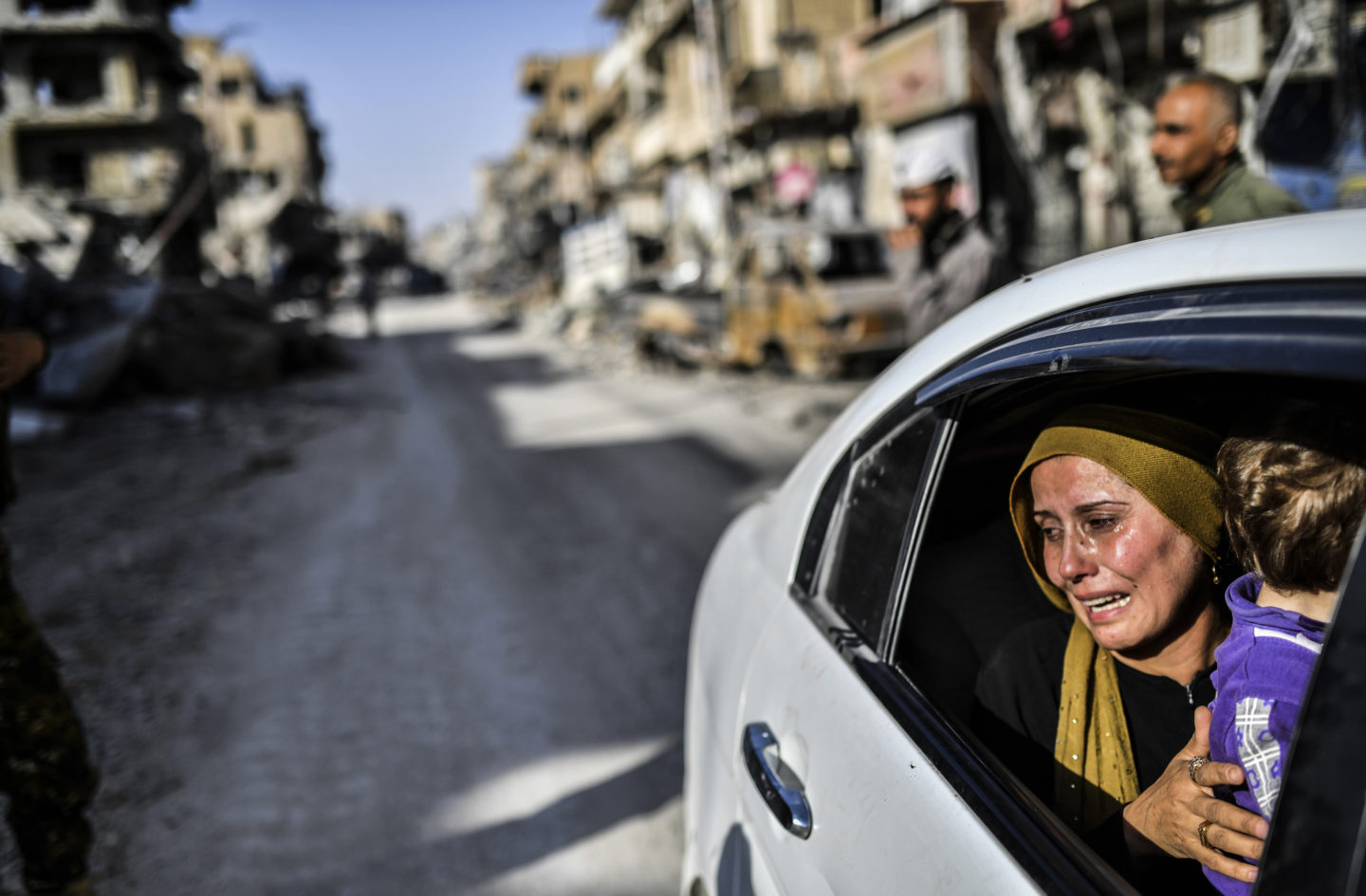
In September 2014 the US-led Global Coalition to Defeat ISIS: a broad international coalition formed by the United States in September 2014.US-led Global Coalition to Defeat ISIS began airstrikes against the terror group in Syria. During that time war crimes and crimes against humanity by ISIS escalated.
By December 2017, ISIS had lost 95 percent of its territory, including the northeastern city of Raqqa, its nominal capital. A US-backed coalition of Syrian Kurds and Arabs known as the Syrian Democratic Forces (SDF): a US-backed, Kurdish-led alliance of Kurdish and Arab militias formed in 2015 as part of the campaign to defeat ISIS.Syrian Democratic Forces (SDF) gradually captured key ISIS positions. By March 2019, ISIS had lost its last remaining stronghold in Syria.
While the US-led Global Coalition to Defeat ISIS: a broad international coalition formed by the United States in September 2014.Coalition forces claimed to have taken necessary measures to spare civilians, Airwars, a transparency project that tracks and archives international military actions, estimates the US-led coalition killed between 7,559 to 12,156 civilians in Iraq and Syria since it began operations in 2014. Huge areas of cities and towns were utterly destroyed.
Since the territory was wrested from ISIS’s control, families – no longer fearing retribution – have been emboldened to speak out about their disappeared loved ones. Their clear and urgent message is that the US-led Global Coalition to Defeat ISIS: a broad international coalition formed by the United States in September 2014.US-led Global Coalition to Defeat ISIS, the Syrian Democratic Forces (SDF): a US-backed, Kurdish-led alliance of Kurdish and Arab militias formed in 2015 as part of the campaign to defeat ISIS.Syrian Democratic Forces (SDF) and its civilian authority the Syrian Democratic Council (SDC): The political wing of the Syrian Democratic Forces (SDF) in northeast Syria.Syrian Democratic Council (SDC) have not met their responsibilities to find the disappeared.
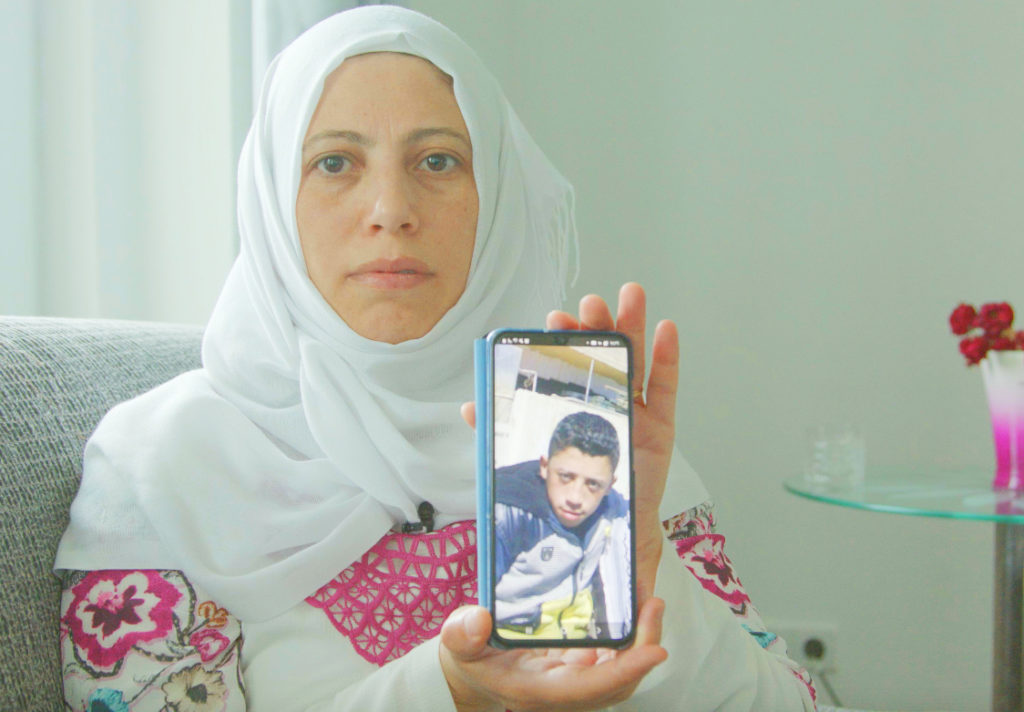
Yasmin Mashaan, whose brother Bashar Mashaan was kidnapped by ISIS
“Losing five brothers, including the youngest who was kidnapped by ISIS, has hit us hard as a family. Every morning I look at my children and I want them to understand and value what it means to fight for the truth and what it means to fight for justice and accountability”
Yasmin
In the wake of ISIS’s retreat, mass graves were discovered containing thousands of bodies. Local councils formed a First Responders Team: Team of local people created by local councils in the northeast to undertake exhumations of mass graves.First Responders Team to start exhuming the mass graves. Support for the exhumation efforts have been woefully inadequate, which is hampering families’ chances of identifying their loved ones.
The Syrian Democratic Forces (SDF): a US-backed, Kurdish-led alliance of Kurdish and Arab militias formed in 2015 as part of the campaign to defeat ISIS.SDF and the Syrian Democratic Council (SDC): The political wing of the Syrian Democratic Forces (SDF) in northeast Syria.SDC have shown a consistent lack of cooperation with the families of the disappeared and mishandled vital evidence. The missing may be elsewhere in Syria or Iraq. Captured ISIS fighters aren’t being sufficiently questioned about detainees and their fate.
